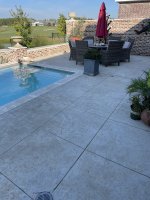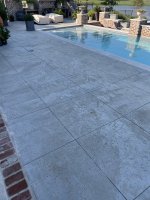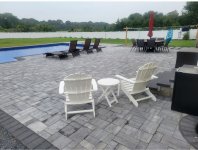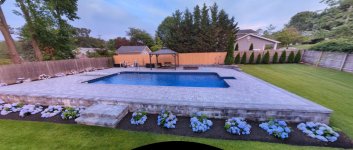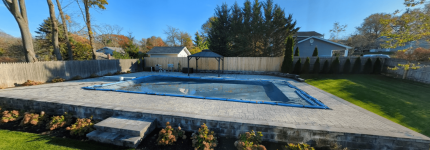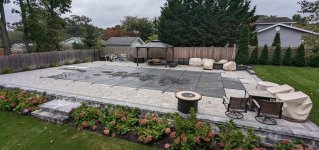Hi all. We are selecting our pool deck material today and we're trying to decide between Mexican Limestone, Leuders, or stamped concrete (yes, large difference in cost between the three options).
I'd love your opinion on why one would be better over the others. Will the limestone be too slippery? Which option would hold up the best over time? We are in Dallas, TX. Thanks for your time!
Mexican Limestone
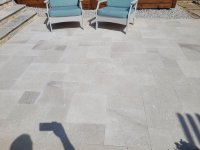
Stamped Concrete
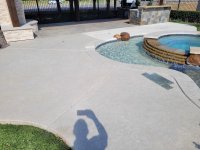
I'd love your opinion on why one would be better over the others. Will the limestone be too slippery? Which option would hold up the best over time? We are in Dallas, TX. Thanks for your time!
Mexican Limestone

Stamped Concrete



